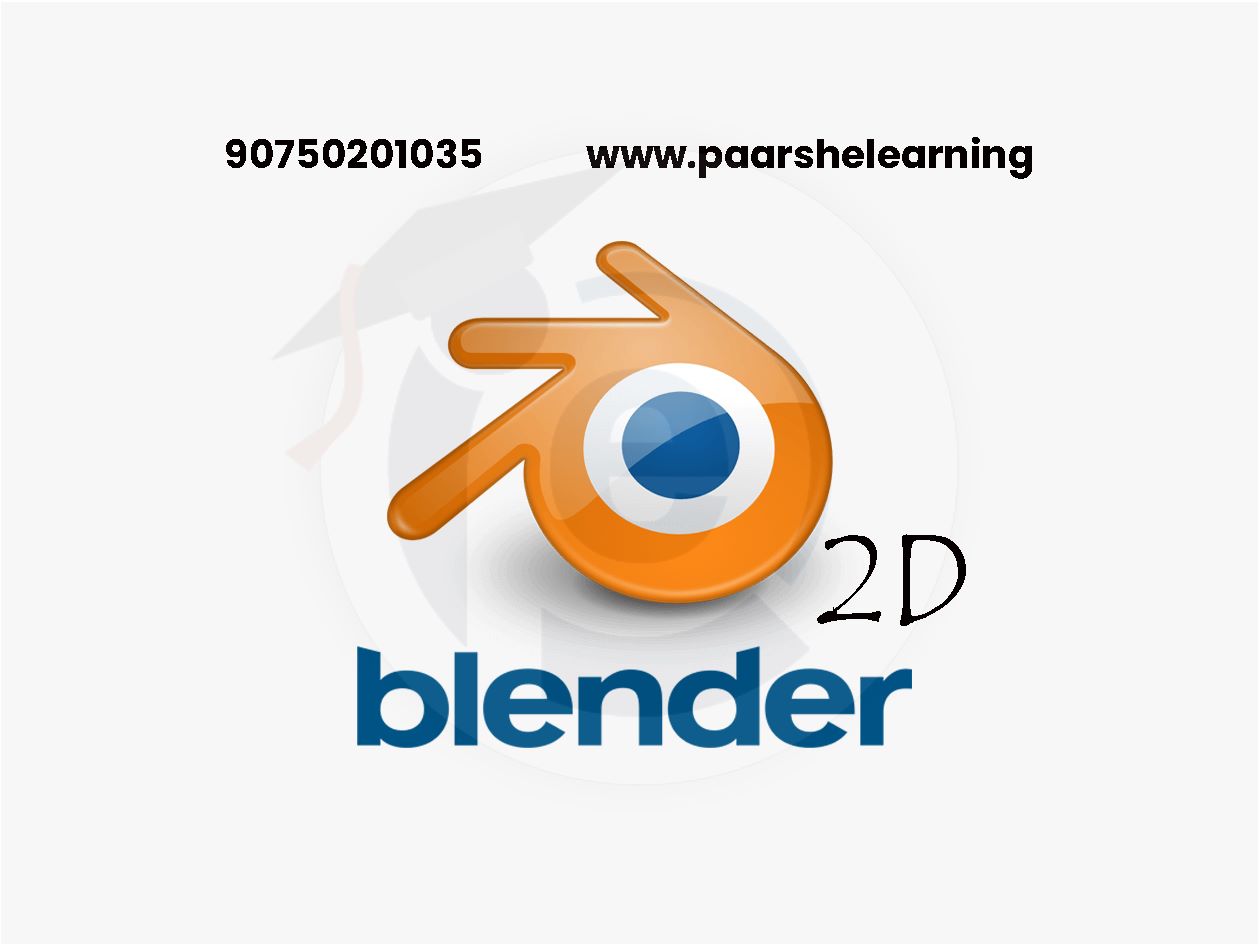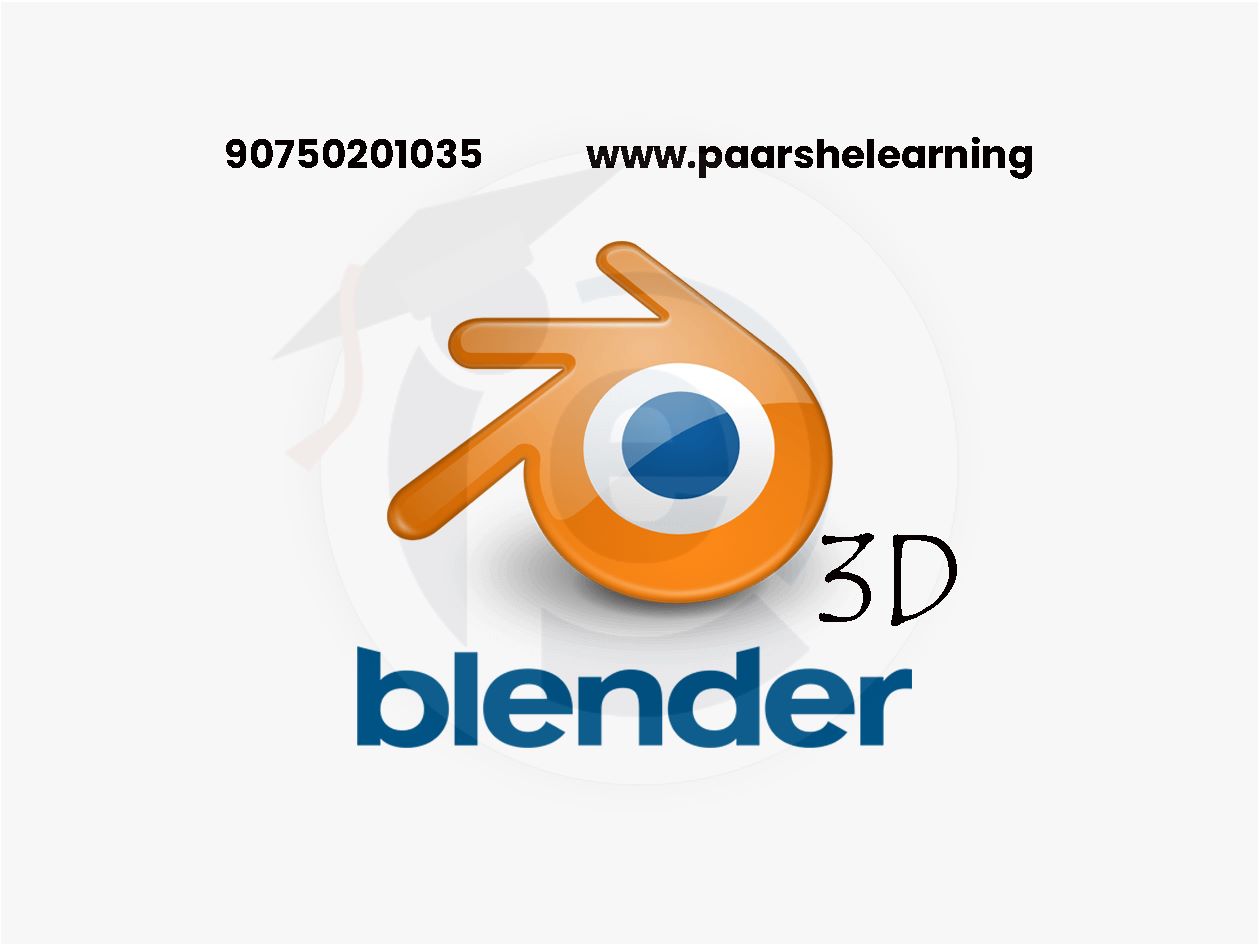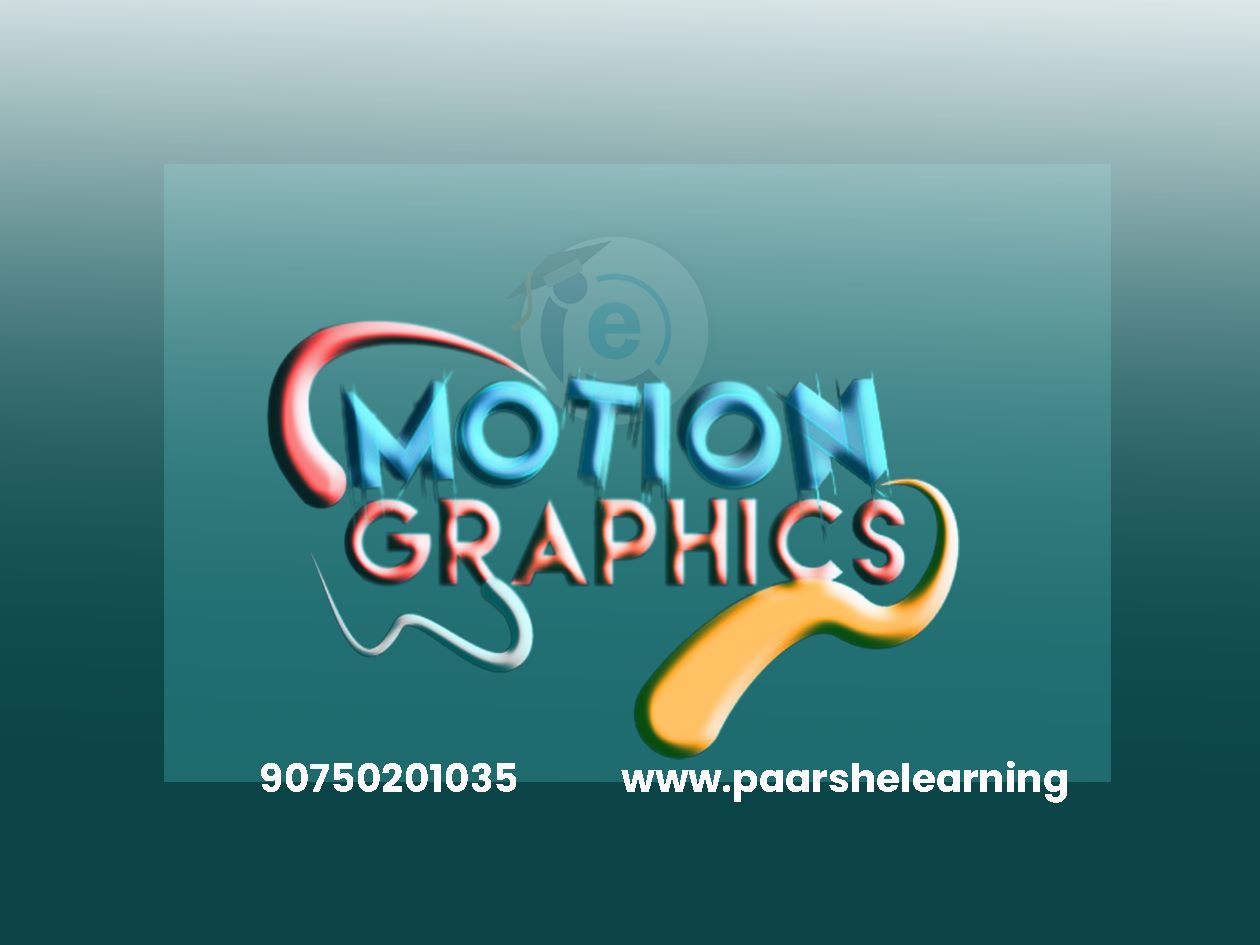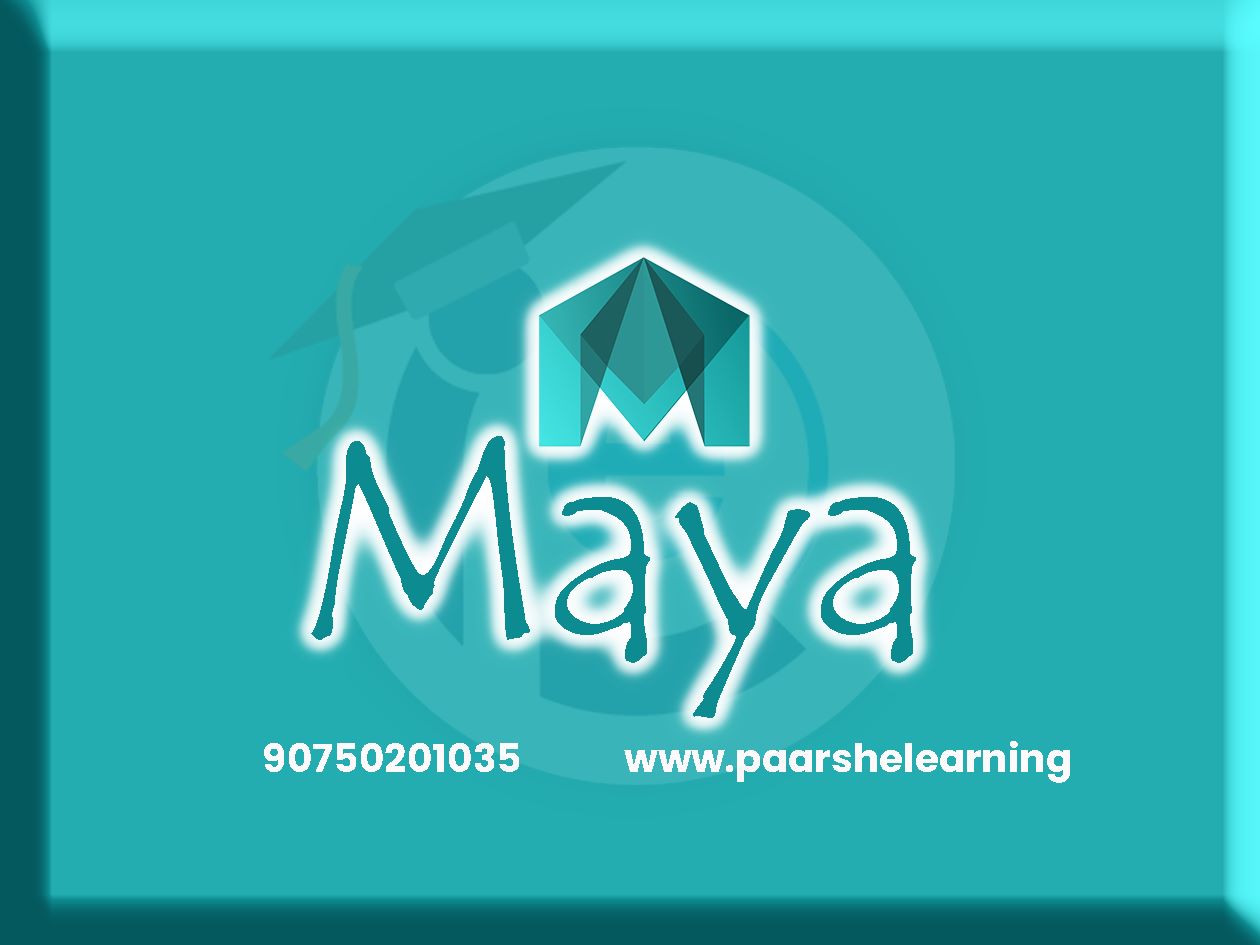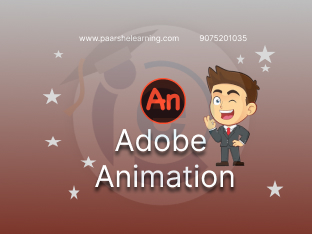- Use Blender and understand it's interface
- Create 3D models with simple colors
- Create your own materials
- Create animations for your objects & characters
- Understand the principles of modelling
- UV map and unwrap your models
Blender
Course description
Blender is primarily known as a powerful open-source 3D modeling and animation software, but it also offers some capabilities for creating 2D animations. While Blender's focus is primarily on 3D, it provides a range of tools and features that can be used for 2D animation production as well. Here are some key aspects of using Blender for 2D animation:
-
Grease Pencil: Blender's Grease Pencil tool allows for freehand drawing and sketching directly in the 3D viewport. It can be used to create 2D animations by drawing frames and sequences. The Grease Pencil tool provides a variety of brushes, onion skinning for frame reference, and layer management to organize your artwork.
-
2D Animation Workflow: Blender's workflow for 2D animation involves creating 2D objects in the 3D space and animating them using keyframes. You can create 2D characters and elements as flat objects or use the Grease Pencil to draw directly on a plane or mesh. Then, you can use the timeline and keyframes to animate the objects' positions, rotations, and other properties over time.
-
Rigging and Animation: Blender offers a powerful armature system for rigging and animating 2D characters. You can create armatures with bones and set up deformations for your 2D objects. This allows you to animate characters by manipulating the bones, creating complex movements and character interactions. You can use weight painting to control the influence of bones on different parts of the character.
-
Timing and Sequencing: Blender provides a timeline editor that allows you to arrange and sequence your 2D animations. You can set keyframes, adjust timing, and control the interpolation of animation curves. The timeline editor also allows you to work with multiple layers and manage different animation sequences within your project.
-
Effects and Compositing: Blender's compositing capabilities can be used to add effects, filters, and post-processing to your 2D animations. You can apply color correction, blur, glow, and other effects to enhance the visuals. Blender's node-based compositing system offers flexibility in creating complex effects and compositing multiple layers of 2D elements.
-
Rendering and Output: Once you have completed your 2D animation in Blender, you can render it as a video or image sequence. Blender supports various output formats, codecs, and resolutions. You can specify the desired output settings and render your animation using the built-in rendering engine or third-party renderers compatible with Blender.
While Blender's 2D animation capabilities are not as extensive as dedicated 2D animation software like Toon Boom or Adobe Animate, it offers a range of powerful tools and features that can be utilized for creating 2D animations within a 3D environment. Blender's open-source nature also allows for customization and community-developed addons that can further enhance its 2D animation capabilities.
What you will learn from this course?
This course includes!
- Daily Live session
- A recorded session with problem-solving material
- Access on Mobile and TV
- Certificate of completion
- Recommendation Letter
This course is for
- Complete beginners who are looking to learn something new.
- Game Developers who wish to expand their Skill Set.
- any graduate candidate
- any IT candidate or Non-IT candidate students
Prerequisites for this course
- Mac or PC capable of Running Blender Version 3.2 or above
- No previous experience with 3D modelling or Blender is required.
Blender Classes’ 2d Syllabus
-
Import And Setup
Let’s get greasy! The SVG is ready but let’s take a look at it in your vector software, before going into Blender. Then we’ll make it into one Grease pencil layer, split up properly, and feel very good about how organized we are ????
-
Building The Armature
Now our character is in Blender, we’ll spend this lesson making a full-body armature based on the design. We’ll create some IK for the arms and legs plus some controllers (with custom shapes)
-
Using Relations
We’ll now attach our character to the armature, using a combination of techniques. Largely we’ll use ‘Relations’ to bind to our bones… but there are also some advanced tricks covered to rig for pleasing deformation using lattices and vertex groups.
-
Switches
In 2D work, being able to switch between graphics for key art (such as eyes and mouths) is essential. We’ll learn the Time Offset Modifier which will enable us to do just that!
-
Head Turn
Time to make that head turn, with the help of Action Constraints. We’ll also use the wiggle Bone add-on to add some secondary animation to the hair.
-
Finishing Touches
Eve’s looking great… But let’s do some cleanup! Let’s cleverly curve those limb edges, do some animation (dancing style), and export as an image sequence with transparency.
